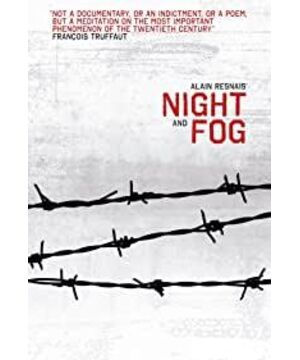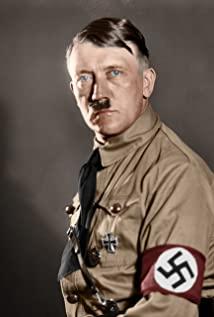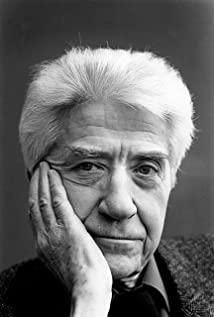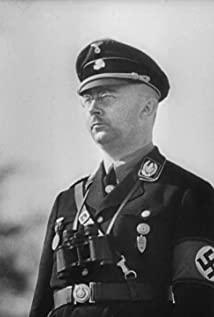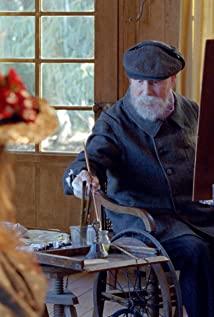In 1951, Jewish political theorist Hannah Arendt published her monograph on the analysis of totalitarianism-"The Origin of Totalitarianism". In the book, she attributed the sins of the Nazi concentration camps to a kind of "fundamental evil", an evil that cannot be explained by motives and reasons. This evil is beyond the scope of human knowledge, and it is the evil itself and the ultimate. It engulfed people and outlawed the nature of being human.
A few years later, in Alan Renai’s documentary about Nazi concentration camps, he also did not question the reason for the evil, but under Renai’s restrained lens language, after the daily killings, there is always a kind of " The ghost of "fundamentally evil" is a dominating atmosphere. You don't need to refer to it, because it's omnipresent.
The following is a brief analysis of the themes and techniques of the film:
1. The film's exposure of the Nazis is not a tearful accusation with radical language and sad music, but with the restraint and tolerance of the documentary lens, objectively displaying a lot of factual evidence, and at the same time using calm narration. As a result, the atrocities in the concentration camps and the painful encounters of the victims appear to be commonplace in a straightforward narrative.
2. The peace of text. The narrative of the film follows chronological order and organizes the material according to conventional causality. Starting from the Nazi hunting down the Jews, we then introduced the concentration camp environment, bathhouse disinfection rooms, dormitories, public toilets, public spaces (zoo, plant greenhouses, orphanages), hanging grounds, hospitals, operating areas, brothels, prisons, crematoriums, and poisonous gas. Room, warehouse. Tool rationality has created a rigorous and orderly massacre assembly line, where all brutal crimes are carried out step by step.
3. Group portraits replace individuals. Different from the tradition of chronicling people in historical documentaries, in "Night and Fog", apart from revealing "the first step of death" by the arrest of one or two people when the Nazis hunted down the Jews in the beginning, the victims since then are all in the plural. Of people claim that there are no extreme cases. This has two effects. On the one hand, the tragedy of one or two people is not enough to cover the tragedy of 6 million deaths. These dead should be treated with equal respect. Their tragedy is the tragedy of the Jewish nation and the tragedy of mankind; on the other hand, from After being arrested, they are no longer individuals. Their actions and freedom are no longer controlled by their personal will. They are collectively managed like beasts, stripped of their clothes, lined up in and out, shaved, tattooed, numbered, and labeled politically. , Living in a cage-like dormitory, using public toilets, death is nothing more than a slight scratch on the roster.
4. The irony of color versus black. The real time and space of the film (in 1956 when it was filmed) adopts color, and the information film and photos that record the crime are black and white. The two time and space are repeatedly interspersed to form color's denial of black and white, and real time and space's criticism of the ugly past. Especially at the beginning of the film, it opened in a quiet and open field, with the site of a concentration camp nearby. In just a few years, it seemed to have washed away the evils of history, all of which were ironic.
5. The panorama replaces the close-up. Like group portraits instead of individuals, the lens language of the film is mostly covered by a large panorama, with almost no close-up shots. When introducing the environment of concentration camps, such as public toilets, execution grounds, etc., a zoom lens and a pan lens are used to highlight the lenient subject of the subject, to show the harsh conditions and the cruel punishments. The lens is on a large pile of bones, the victim's dense hair and glasses are shaking over the sky, the angle is low, like looking down an endless grassland, this endlessness, under the background of soothing music, even produces some kind of chilling poetry. They seem to be able to accuse the hatred in their hearts only with a pile of mountains. These warehouses not only contain the resentment of 6 million ghosts, but are also a museum of the history of human crime. The audiovisual language hides the emotional attitude with a calm appearance and achieves balance and restraint.
View more about Night and Fog reviews


